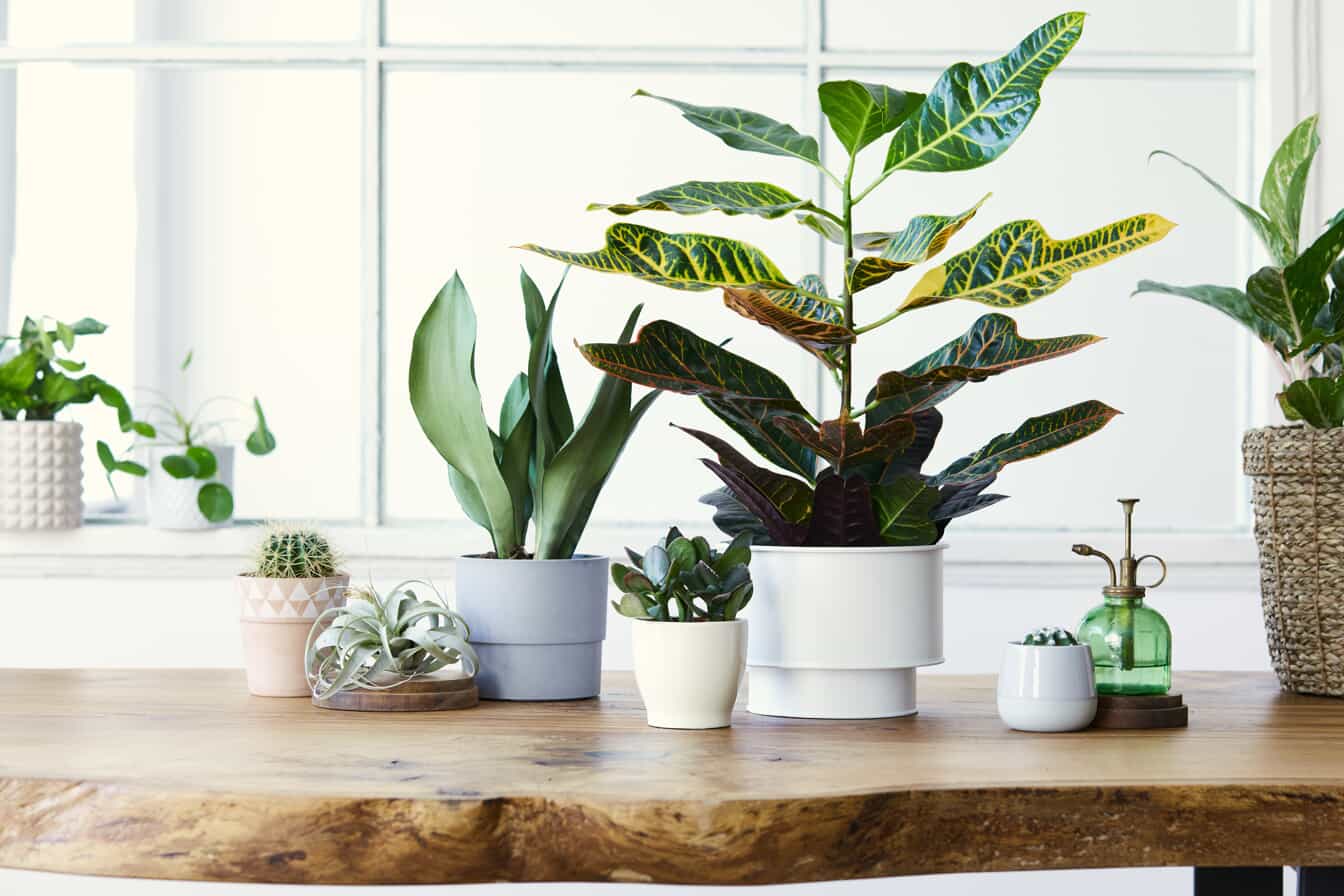Protect Your Items from Temperature Damage
Have you ever opened a box of old photographs only to find them stuck together or discovered that your favorite bottle of wine has turned sour? If so, you've felt the sting of losing something irreplaceable or expensive due to improper storage.
In the quest for extra space in your home, you may forget that not all storage spaces are created equal – especially for items sensitive to temperature and humidity. But don’t worry! With a little guidance and some help from the organizational pros at Merry Maids®, you can help keep your treasured possessions protected before the weather decides to test their limits.
What Items Are Considered Temperature Sensitive?
Before we dive into the how-tos, let's identify the usual suspects. There are quite a number of items that are particularly sensitive to temperature fluctuations and humidity, but here are some of the most common:
- Photographs and Artwork: Excess humidity or dryness can cause art and photos to stick, fade, or crack.
- Wooden Furniture and Musical Instruments: Furniture and instruments made from wood can warp, crack, or become infested with mold in improper conditions.
- Electronics: Humidity and heat can cause irreparable damage to electronic components.
- Cosmetics and Medications: The chemical composition of medications and cosmetics may be altered in excessive heat or cold, rendering them ineffective or harmful.
- Candles: Candles can warp or melt in the heat. The result is usually a pain to clean up.
- Paint: Home or hobby paint should be kept in a cool, dry place to prevent water damage, mold growth, and temperature changes that could impact quality.
In general, most items that come with a "keep at room temperature" or "store in a cool, dry place" label should be taken seriously. Proactive measures can help safeguard your valuables and save you from the heartache of losing them.
The Right Conditions: Temperature and Humidity
Different items have different temperature and humidity requirements for safe storage. However, a general rule of thumb is to keep them at room temperature, between 65°F and 75°F with relative humidity levels between 30% and 50%. This range prevents extreme fluctuations that can cause damage to items.
Recognizing the vulnerability of these items is the first step toward ensuring their longevity. But not all is lost if you've already stored your items in less-than-ideal conditions. With a few simple steps, you can protect them from further damage and prevent future mishaps.
Your Blueprint for Safe Temperature-Controlled Storage
Protecting your temperature-sensitive treasures doesn't require a Ph.D., just a bit of know-how and preparation. Here are some general tips to get you started.
Understand the Ideal Storage Conditions
Each type of item has its sweet spot in terms of temperature and humidity. For example, photos and other paper items should be stored in moderate conditions around68°F with 30-40% humidity. On the other hand, something like paint should be stored between60°F and 80°F with 50% humidity.
A general rule of thumb is to keep them at room temperature, between 65°F and 75°F with relative humidity levels between 40% and 55%.
Still, it's best to do some research to understand the needs of any particularly sensitive items you may have. Preserving these items is all about striking the perfect balance!
Use Climate-Controlled Storage for Sensitive Items
For particularly sensitive items, consider renting a climate-controlled storage unit. These units maintain a consistent temperature and humidity level, providing a sanctuary for your valuables.
If this option isn't available or feasible for you, consider investing in a dehumidifier or air conditioner to help regulate the conditions in your storage space.
Monitor Humidity Levels Regularly
In areas where you store sensitive items, use a hygrometer to monitor humidity levels. Aim to keep the humidity between 30% and 50% to protect most items. This will prevent mold, mildew, and other damage caused by excess moisture.
Avoid Areas Prone to Extreme Temperatures
While it may seem convenient at the time, be sure to never store sensitive items in attics, garages, or basements unless these areas are climate-controlled. These spaces often experience the most significant temperature fluctuations and can be death sentences for vulnerable items.
Invest in Quality Storage Solutions
Use airtight containers for smaller items like photographs and documents to protect them from humidity. For larger items, consider specially designed covers or storage bags with some degree of temperature insulation.
Regularly Inspect Your Storage Areas
Periodic checks can help you catch any potential problems before they escalate. Look out for signs of excess moisture, extreme temperatures, and other environmental hazards that may damage your items. Be sure to avoid these storage blunders as well!
Proper Storage Goes Beyond Temperature Control
While the focus has been on how you can protect your temperature-sensitive items, let's not forget the role a clean and organized home plays in this endeavor. Cluttered spaces can restrict airflow, leading to pockets of damp or overly dry air, which is exactly what we're trying to avoid.
It's easy to get caught up in the hustle and bustle of daily life and put off organizing or safeguarding our belongings. But trust us, taking proactive measures now can save you from a lot of headaches down the road.
Merry Maids to the Rescue
Fortunately, Merry Maids is ready to assist! Our house cleaning services can help you create an environment where your space can thrive, even during the hottest months. We understand the importance of a well-kept space to preserve your treasured items and reduce the chance of damage.
Find your local Merry Maids for a free estimate for your storage and organization needs today.













